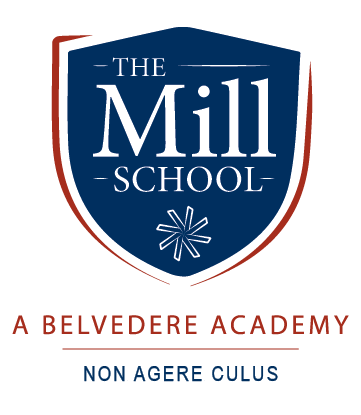Our Academics
We are committed to a small program, 25 students in all, who are supported by a small staff to student ratio. That means we that we can focus on each student's interests and ideas in a very personal way. Our classrooms and community programs are a place to try new things and fail without feeling like a failure. Our programs teach the rigor of academics while also encouraging resiliency and building positive self-esteem.
As a result, we provide a flexible, integrated school day that includes:
- Formal classroom activities
- Individual projects that are undertaken in the school setting and in the community
- Vocational activities
- Weekly community activities
Our program is designed to help students establish routines of attendance and engagement, to learn how to interact with others in a pro-social manner, to engage in an academic program that will help them to matriculate to graduation, and to learn how to regulate themselves in a positive manner.
The content is guided by the Vermont Education Quality Standards. The curriculum is integrated across grade levels and from course to course and embodies an interdisciplinary approach to all instruction. It is organized into two core elements: the social science core, developed to integrate language arts, social studies, and the arts in the effort to develop competencies in each of these elements; and, the science, technology, engineering, and math (STEM) core, developed to integrate math, science, and technology in a project and product focused manner.
The central themes of all elements of the curriculum are identity construction, self-regulation, social competence, vocational skill development, and community engagement. These elements of the curriculum are delivered in three primary ways:
Discovery Learning. This method of instruction focuses on students’ personal experiences as the foundation for conceptual development. The primary approach is to encourage students to find important information and common experiences through the use of examples, labs, projects and other resources.
Inquiry Learning. This instructional method requires students to use prior knowledge in combination with new knowledge to generate new questions and ideas to address to further learning. The primary reason we use this kind of learning is to create opportunities to integrate the curriculum by involving many disciplines in meaningful ways. Students can read, write, calculate, engage in scientific investigations, address social concerns, and use the arts, all in the context of answering emerging questions to gain new insights and ideas.
Project-Based Learning. This is a core element of the entire educational program and has been an approach that we have used support children and adolescents in a variety of settings for several years. This approach to learning focuses on long-term activities involving collaborative exploration of motivating issues and questions. Students and teachers identify activities and events that will be meaningful to participants are chosen with the participants, and result in the creation and presentation of a product (e.g., a play, multi-media presentation, constructed model, results of an experiment).
In addition, with the agreement of the local school leadership, each student will be afforded the opportunity to participate as a full member of any of their home school-based athletic teams, fraternal organizations, and other social groups.
Our goal is to return every student to their home school; however, some students may choose to stay in our school, in these cases we are approved to award high school diplomas.





